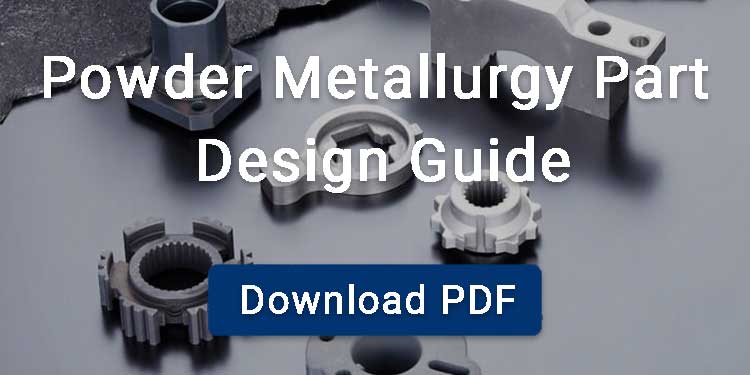A valve guide is a small cylindrical sleeve installed in the cylinder head of an engine. It holds the valve stem in place and allows it to move up and down smoothly during engine operation.
Most modern vehicles contain between 8 and 24 valve guides, depending on the number of cylinders and valves. If a valve guide becomes worn or damaged, it can lead to oil leakage, higher oil consumption, and poor engine performance.
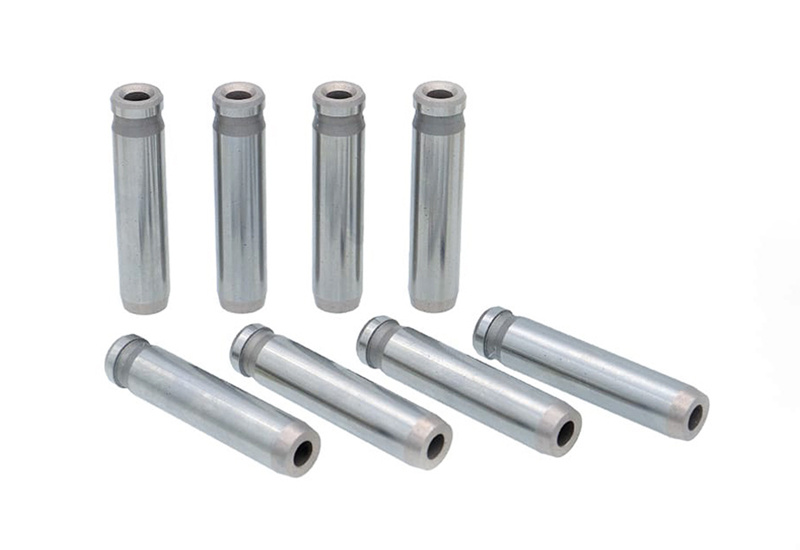
Contents
Functions of Valve Guide
Valve guides are cylindrical bushings inside the engine cylinder head that guide the movement of the valve stem as it opens and closes. Their main functions are as follows:
- Valve guide maintains precise alignment of the valve, positioning the valve head accurately with the valve seat for a tight seal.
- By keeping the valve stem centered, the valve guide creates a consistent, low-friction interface, reducing metal-on-metal contact and increasing the durability of both valves and the guides.
- During the combustion process, the valves reach extremely high temperatures. The valve guides transfer some of the heat from the valve stem to the cylinder head, helping to prevent the valves from overheating or deforming.
Valve Guide Materials
Due to the extreme conditions of high temperature and pressure, you need valve guides made from a material that balances wear resistance, heat dissipation, and manufacturability.
Cast Iron
You may have heard of cast iron materials, which are widely used due to their low manufacturing cost and good wear resistance. However, cast iron has average strength and high temperature resistance, which is not suitable for high-performance automotive applications.
Powder Metallurgy Materials
Powder metal valve guide materials are generally iron-based materials and also contain alloying elements such as copper and graphite. Powder metallurgy materials have consistent properties and can be customized according to specific applications to improve thermal conductivity, wear resistance, internal lubricity and other properties.
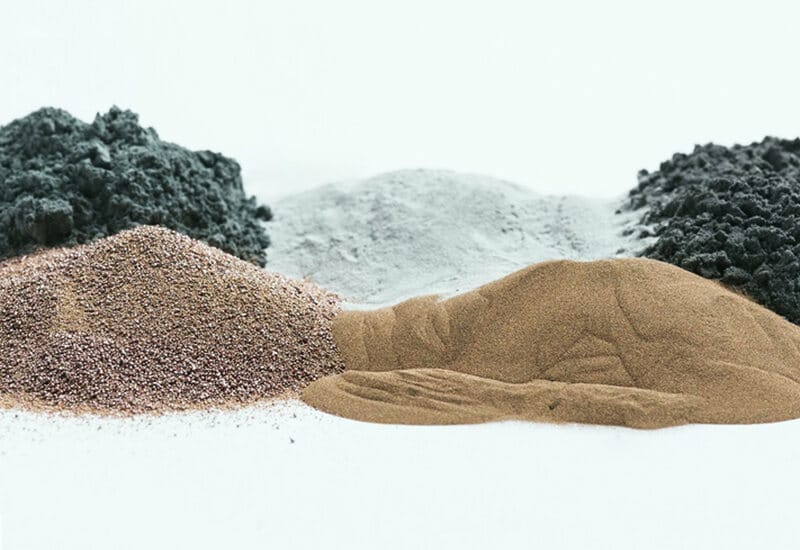
Bronze
Bronze valve guides are widely applicated in high-performance vehicles in OEM and aftermarket markets due to their excellent heat dissipation and good lubricity.
How Valve Guides Are Manufactured by Powder Metallurgy?
Valve guides manufactured with powder metallurgy technology offer cost efficiency, consistent quality, and precise dimensions. The following outlines a typical process flow.
Mixing
First, your manufacturer mixes the metal powder with lubricants and binders by a mixer. Lubricants enhance powder flowability and reduce powder metallurgy tooling wear, while binders improve powder formability.
Compacting
The mixed metal powder is pressed to form a compact. Due to the large height and wall thickness of the valve guide, the pressing process can cause a density difference. Excessive pressure may lead to cracking, while insufficient pressure results in lower density and increased porosity. Therefore, pressing is one of the most critical processes for the valve guide.
Powder Metal Sintering
Sintering fuses powder particles below the metal’s melting point, directly determines the mechanical properties of your powder metal valve guides.
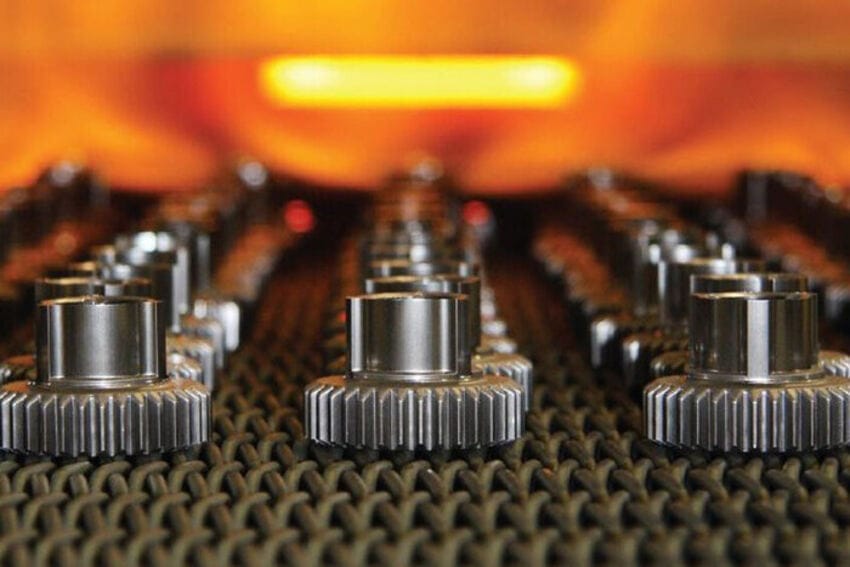
Sizing
Before the sizing process, the sintered valve guide should be immersed in anti-rust oil. Sizing can not only improve the dimensional accuracy of your valve guide, but also improve its surface roughness and increase density.
Machining
After sizing, your supplier will chamfer the valve guide, precision-turn it, rough-grind it, and fine-grind it. Grinding is an important process to control the outer diameter and roundness tolerance of the valve guide.
Quality Inspection
Quality inspectors test the product’s outer diameter, height, hardness, crushing strength, metallographic structure, concentricity, and parallelism.
Vacuum Oil Impregnation
Powder metallurgy valve guides contain pores, allowing you to make them self-lubricating through vacuum oil impregnation. First, place the valve guide in a vacuum oil immersion machine, seal it and evacuate it. Then introduce oil and circulate it at a certain flow rate for about 10 minutes.
For valve guides working in high-temperature environments, copper-infiltrated iron produced through the powder metallurgy process is primarily used. Copper infiltration enhances the valve guide’s thermal conductivity and high-temperature self-lubricating properties, while also significantly improving its wear resistance under high-temperature conditions.
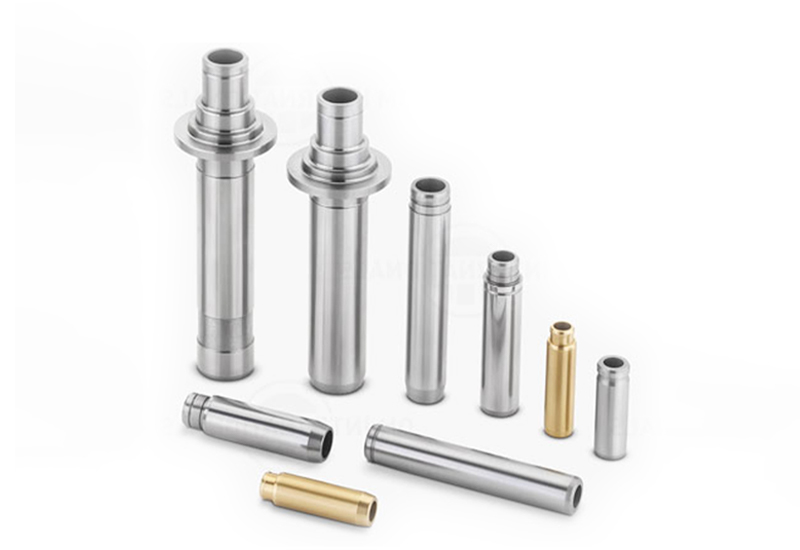
BLUE is an ISO 9001:2015 certified powder metallurgy company with extensive experience in valve guides. We provide both bronze-based and iron-based sintered valve guides tailored for different engine applications. Powder metallurgy valve guides offer advantages such as high dimensional accuracy, excellent wear resistance, good heat dissipation, and cost-effective pricing. Contact us today to get reliable solutions for your engine projects.
FAQ
Why do Valve Guides Fail?
The main reasons for valve guide failure are as follows:
High temperature
During operation, the valve guide is exposed to very high temperatures, which can decrease its hardness and lead to deformation under stress. In addition, high temperatures accelerate corrosion and oxidation of the valve guide’s working surface.
Wear
Over time, the high-frequency reciprocating friction between the valve and the valve guide increases the clearance, intensifies wear, and eventually leads to guide failure.
Large Tolerances
In addition, horizontal forces caused by machining or assembly errors between the valve guide, valve, and valve seat may also lead to failure.
What Happens if Valve Guides are Worn?
Worn valve guides, causing excessive clearance with the valve seat, can result in the following issues:
- The valve guide may lose concentricity with the valve seat, preventing the engine’s combustion chamber from fully sealing, which reduces engine performance.
- Worn guides allow oil to leak from the valve stem into the combustion chamber, leading to oil burning and smoke.



